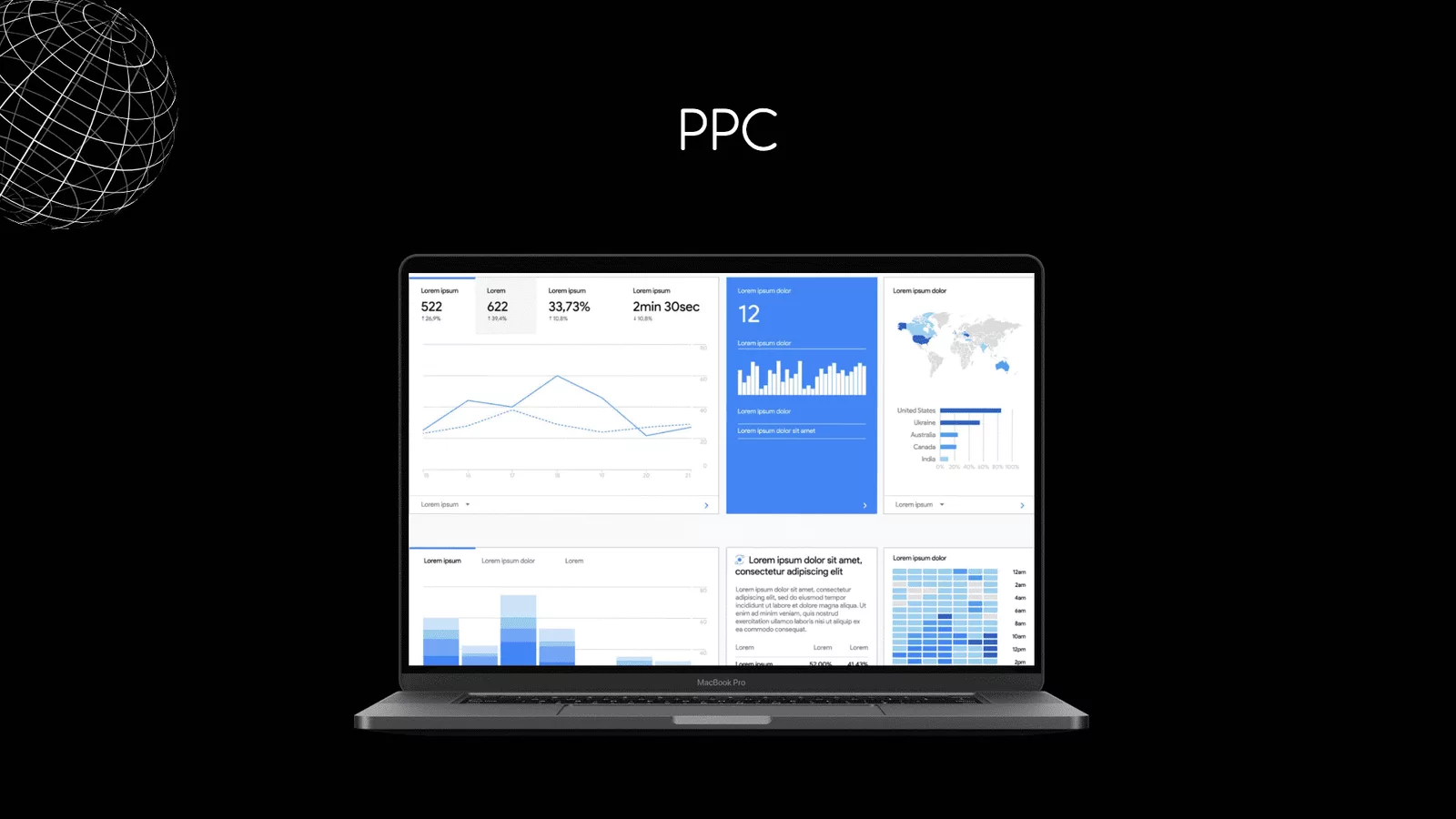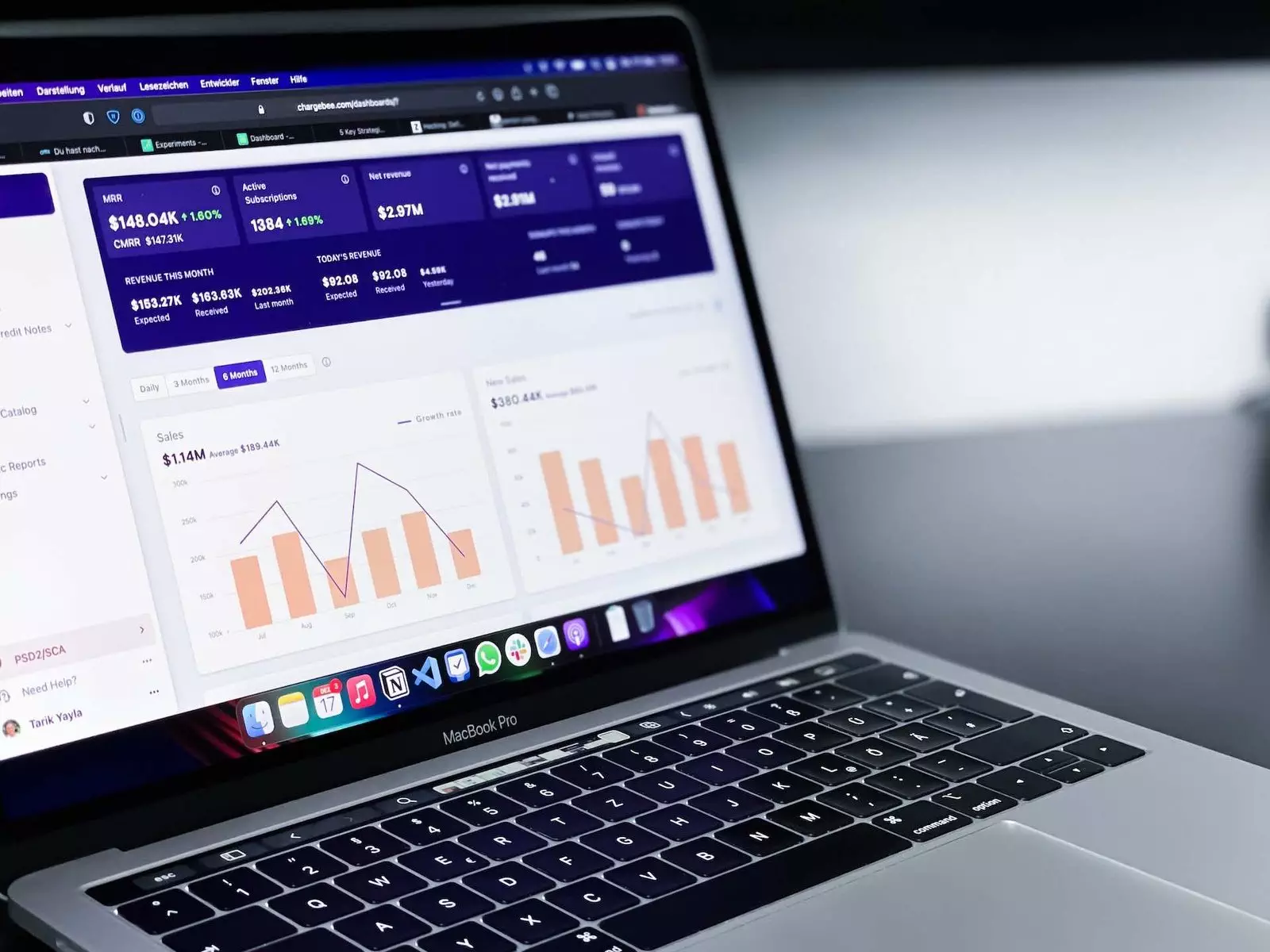Pay-per-click, also known as pay-per-click marketing or pay-per-click ads, is an online advertising model where advertisers pay only when someone clicks on ads. This model is commonly used by search engine companies such as Google and social media platforms such as Facebook and Instagram.
In this blog, we will discuss the basics of pay-per-click marketing and how it works. We will also cover some of the most popular pay-per-click ad platforms like Google Ads, YouTube ads, and LinkedIn ads.
What is PPC?
Google Ads is an online advertising platform developed by Google that allows businesses to reach potential customers exactly when they’re interested in their products and services.
With Google Ads, you have the ability to create ads that can be displayed across Google’s properties, including search engine results pages, websites, and apps.
Instead of paying for an ad whenever someone sees it, you only pay when someone clicks on it—hence the term pay-per-click (PPC). This way, you get more bang for your buck since you’re only paying for actual user engagement. Whether you’re looking to raise awareness about your brand, help sell products or services, or increase website traffic, Google Ads can help make it happen.
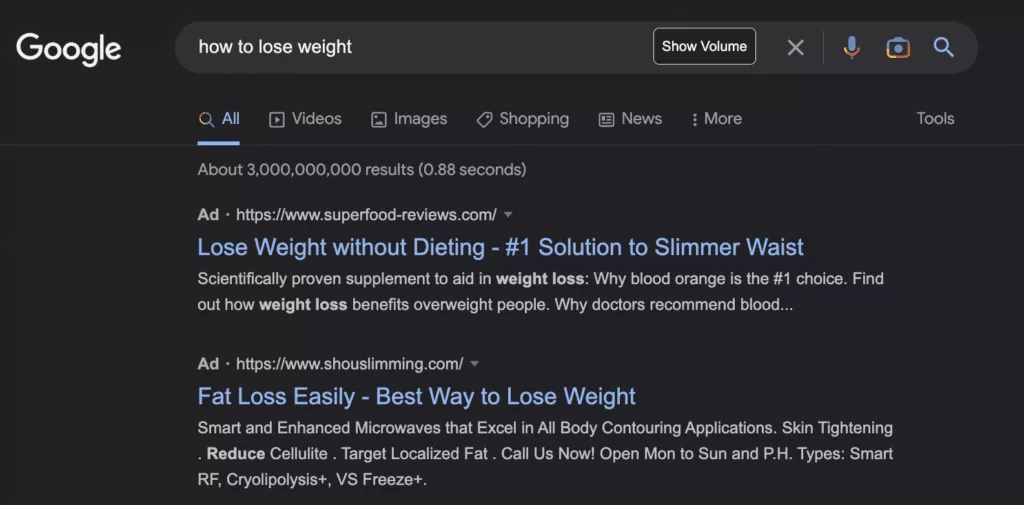
How does PPC advertising work?
PPC advertising is an effective and efficient way to promote your business online. It stands for Pay-Per-Click and it’s a form of digital advertising where you pay a fee every time someone clicks on your ad. PPC works by creating ads that target specific audiences and then bidding on keywords related to those audiences.
When someone searches for a keyword that matches your ad, your ad will appear in the search results. When someone clicks on your ad, you will be charged the amount you bid for that keyword.
PPC advertising is an effective way to reach specific groups of people who are actively looking for what you have to offer. With PPC, you can control how much you spend each month and get the most out of your budget.
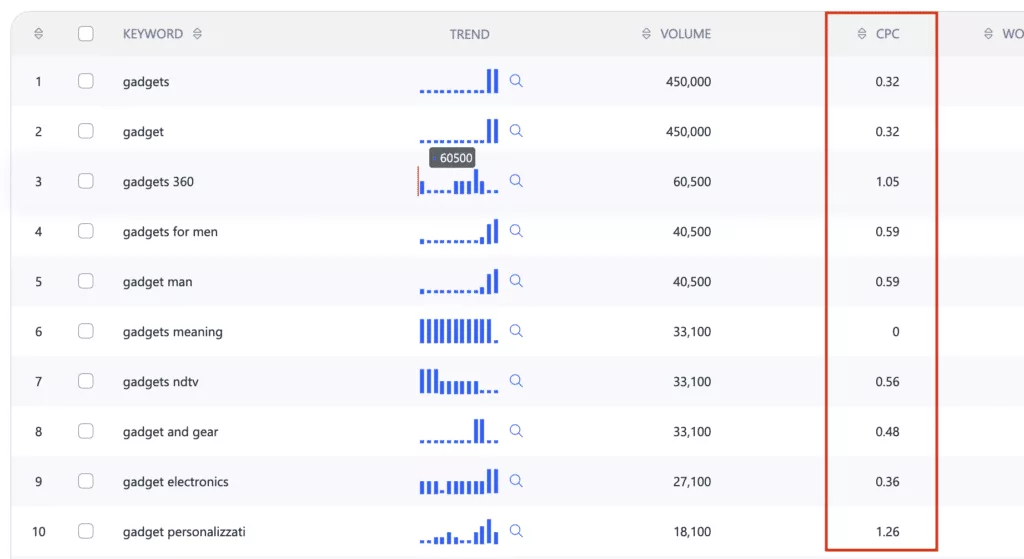
The benefits of using PPC
- PPC advertising is a cost-effective way of driving traffic to websites.
- Advertisers pay only when people view or click their ads, as they are bidding on specific keywords or ad copy.
- With PPC, it’s easy to target specific customers who are likely to be interested in a product or service.
- The cost-per-click model makes it easy for advertisers to track and monitor their campaigns, which gives them visibility into the results of their campaign.
- PPC provides a great way to generate leads and increase brand awareness quickly. This is because ads appear on search engine results pages and in ad copy for relevant keywords, making it easy for potential customers to find and click on ads. This helps boost brand awareness and popularity.
As with any ad campaign, there are various factors that affect the performance of the campaign, including keyword selection, ad copy, landing page quality, bid advertisement campaign cost per click rate (CPC), etc. However, with a well-defined ad campaign strategy, you can easily determine the optimum combination of the factors required for optimal performance of your campaign.
How PPC works in Google Ads
Google Ads is a great way to get your products or services in front of a wider audience and only pay when people click on your ad. Here’s how it works:
1. Set a budget: First, decide on a budget for your Google Ads campaign. You can set a daily, weekly, or monthly budget that you’re comfortable with.
2. Create an ad: Once you’ve set your budget, create an ad to get started. Google Ads has a variety of tools and features to help you create an effective ad that will reach the right people.
3. Decide on keywords: Once you’ve created your ad, decide which keywords are relevant to it and will help it appear in search engine results. This will allow you to target the right people who are most likely to be interested in what you’re offering.
4. Track performance: As your ad runs, track its performance so you can see how well it’s doing and make adjustments if needed. This will help you maximize the return on investment from your Google Ads campaign.
5. Monitor costs: Finally, keep an eye on your costs so that they don’t exceed your budget and eat into your profits.
Google Ads PPC is a great way to get more exposure for your business and only pay when people click on your ad. With the right strategy in place, you can use PPC to drive more qualified leads and increase sales for your business!
How to do effective PPC keyword research
- PPC keyword research is vital to a successful PPC campaign. It helps you target the right audience and increase your conversion rates.
- Keyword research involves looking at search engine data and analyzing keywords’ search volume, cost-per-click (CPC), search rank, and keyword popularity to identify the keywords that are most valuable for your campaign.
- After identifying keywords, you should choose the keywords with the potential to generate maximum revenue and optimize them based on research results. This will help you determine the keywords that are most important to your campaign’s success and target them accordingly.
- When it comes to bidding on keywords, advertisers should consider various factors such as cost-per-click (CPC) and landing page quality score. A keyword with a high bid often means more impressions but in turn, leads to a lower conversion rate. Thus, bid low on keywords with high landing page quality scores as they lead to higher conversion rates than lower ones.
- A successful PPC campaign also involves managing ad copy, landing pages, landing page copy, ad frequency, and ad size carefully so as to maximize ROI. You should also monitor ads closely for signs of low performance.
Managing your PPC campaigns
-Creating a budget is essential to a successful pay-per-click campaign. A campaign budget, also known as bid budget, is the maximum amount of money an advertiser is willing to spend on ads for a given keyword, ad group, landing page, or campaign.
– Setting bids at the ad group level allows advertisers to control the cost of their ads and target the audience they want.
– Utilizing automated bidding strategies ensures that your ads are seen by as many people as possible and allows you to set goals for your campaign.
-Shared budgets allow advertisers to shift funds between different campaigns based on performance. This can help you identify areas where your ads could be more cost-effective and improve your results.
-Monitoring and analyzing ads is essential to understand a campaign’s performance and optimize it for success. This includes checking ad copy and landing page quality metrics as well as tracking keywords and ad campaigns.
What are the top PPC advertising platforms?
The other types of ads include pay-per-impression (PPM) ads that are similar to CPM ads but charge based on ad impressions instead of clicks. These types of ads allow advertisers to target specific audiences with ads and pay significantly less per ad view than CPM ad campaigns.
A pay-per-click campaign doesn’t necessarily translate into an increase in ad visibility or an increase in cost-per-click. It all depends on how well the advertiser sets up and manages their campaign and how well they target their audience with relevant ads.
Google Ads CPC
Google Ads is a pay-per-click advertising platform that allows advertisers to show ads to users based on keywords entered in search engine search bars. PPC advertising is a form of digital marketing where advertisers pay a fee each time their ad is clicked. Google Ads allows advertisers to show ads to users based on keywords found in search queries.
Ads on this platform appear at the top and right-hand side of search engine results pages, making them highly visible and effective. The visibility and effectiveness of PPC ads make them popular for online marketing campaigns. As one of the most prominent pay-per-click advertising platforms, Google Ads offers great visibility and effectiveness for online marketing campaigns.
YouTube
YouTube is one of the most popular PPC platforms for advertisers due to its reach and targeting capabilities. PPC, or pay-per-click, is a common online advertising model where advertisers pay a publisher every time an advertisement link is clicked. Using YouTube as a PPC platform allows advertisers to target specific audiences and display ads on specific videos.
YouTube ads are known for their engaging content and high click-through rate, making it an ideal platform for advertising campaigns. The social media platform is also a great place to promote your business. It allows users to share videos with specific keywords, making it easy to target specific audiences. Overall, YouTube is a popular and effective PPC platform that can help businesses reach their target audience online.
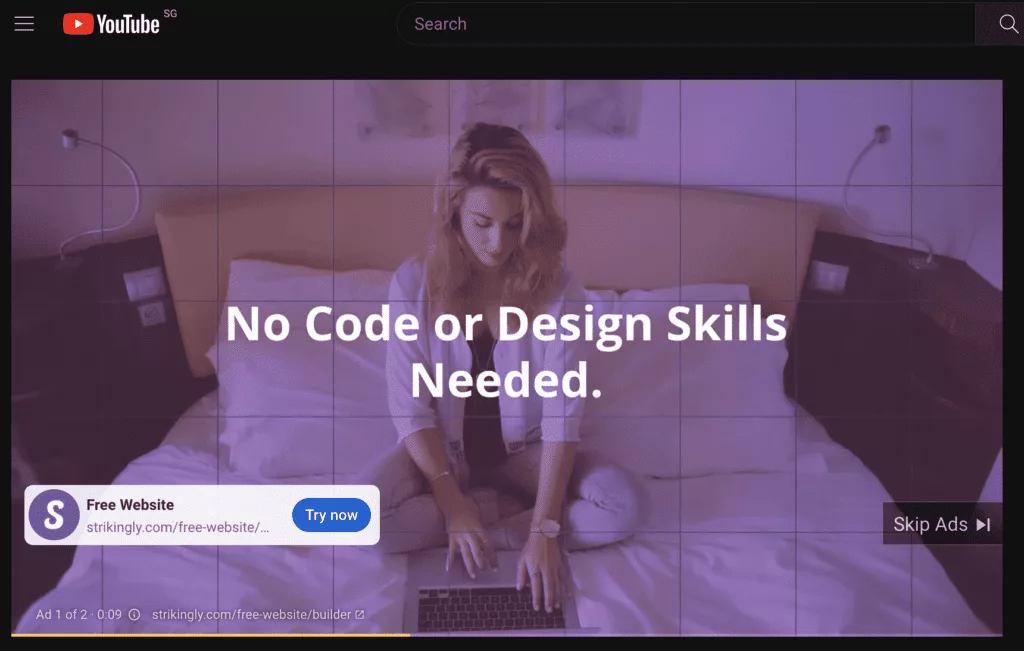
Facebook Ads
Facebook Ads is one of the most popular pay-per-click advertising solutions. With Facebook ads, businesses can serve ads to their target audience with great depth of targeting. For instance, ads on Facebook can be targeted to specific age groups or interests and be displayed in a specific region or country.
Ads on Facebook are highly visible, as they appear on the first page of search engine results page (SERP). PPC advertising on Facebook is cost-effective, as it targets users who are looking to satisfy a specific need related to business’s products or services. This makes it ideal for businesses that conducting online marketing campaigns.
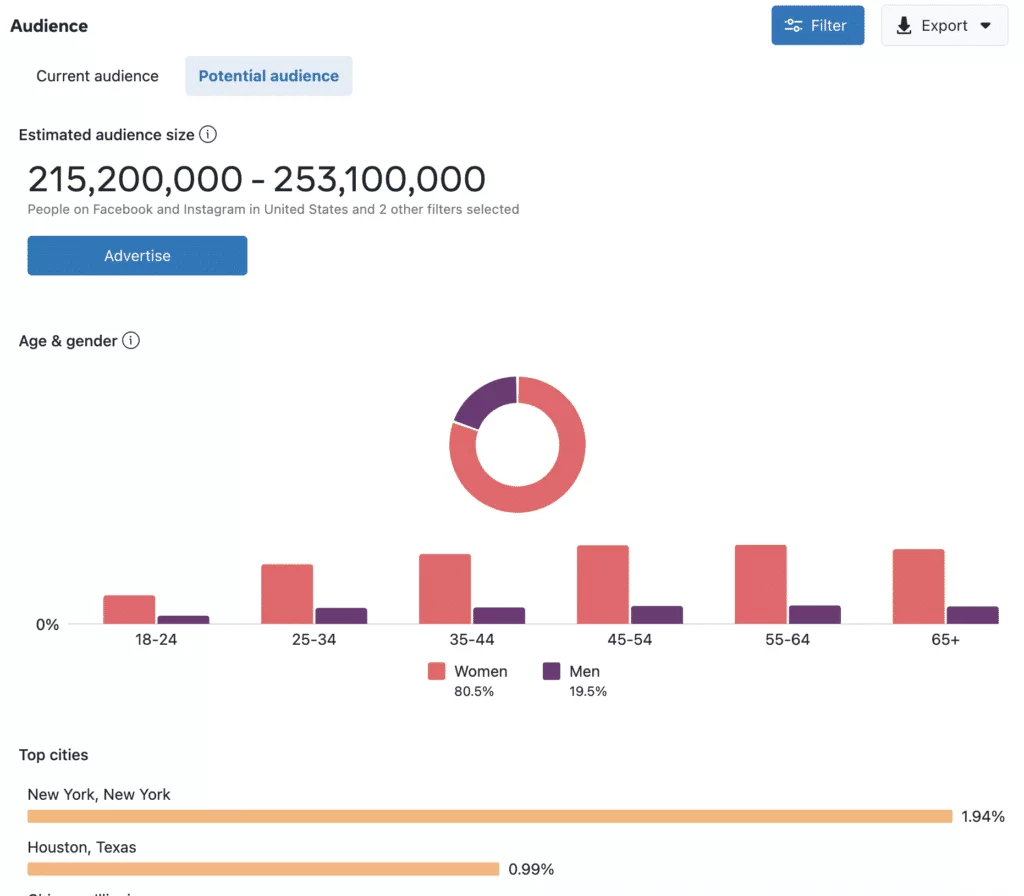
Instagram Ads
Instagram Ads is a popular form of PPC advertising on social media platform. It allows advertisers to target users based on their interests and behaviors, resulting in higher click-through rates and conversion rates. ads on Instagram can be tailored to different objectives, such as driving website conversions, generating leads, or increasing brand awareness.
Instagram ads allow advertisers to target users based on their interests and behaviors, resulting in higher click-through rates and conversion rates. They can also be tailored to different objectives, such as driving website conversions, generating leads, or increasing brand awareness. This makes Instagram ads a powerful tool for marketers looking to reach specific audience segments or achieve specific business goals.
Microsoft Ads
Microsoft Bing is a popular ad-pitching platform for pay-per-click (PPC) advertising. PPC ads are highly visible, and are usually positioned on the first page of search engine results pages. They are effective as they are aimed at users who are looking to satisfy a specific need that has to do with the advertiser’s products or services. Other online advertising platforms include Facebook, Twitter, Google Adwords, and display ads.
PPC ads work best when they target keyword-based search queries relevant to the advertiser’s business. Keywords should be relevant to the advertiser’s product category and must be search-engine-friendly so that they will appear in search results. It is also important to have quality content on your website so that users will click on your ads. Overall, PPC ads help businesses reach their target audience directly at exactly the right time.

TikTok Ads
TikTok is an ad-supported social media platform that allows users to post videos up to 10 seconds in length. It offers ads in-feed that appear alongside the user-generated content. It also has other types of ads such as hashtag challenge ads, branded effects, and sponsored stories. Advertisers can target users based on factors such as demographics, interests, and behaviors.
TikTok offers PPC advertising platforms with both a self-service and managed service options. The self-service platform allows small businesses to purchase ads directly while the managed service is designed for larger organizations with more detailed ad campaigns. Other popular advertising platforms include Google, Microsoft Bing, and Facebook. They all offer cost-per-thousand-cpm or cost-per-click advertising models to match advertiser needs with advertising results.
LinkedIn Ads
LinkedIn is a popular PPC advertising platform due to its wide-ranging functionality and audience-targeting capabilities. Google Ads, Facebook Ads, and Twitter Ads are also notable Ppc advertising platforms. LinkedIn ads can be effective for reaching a specific target audience through the platform. They are tailored to the user’s interests and preferences, allowing for more precise targeting of desired customer groups.
LinkedIn ads are based on the cost-per-click model, in which an advertiser pays a publisher every time an advertisement link is clicked on. This model allows advertisers to pay only when their ad is viewed, making it cost-effective for both parties.
Other advantages of using LinkedIn ads include scalability, targeting capabilities, analytics, and visual ads facility. Overall, LinkedIn Pc c advertising platform offers several features that make it a popular choice for marketing campaigns.
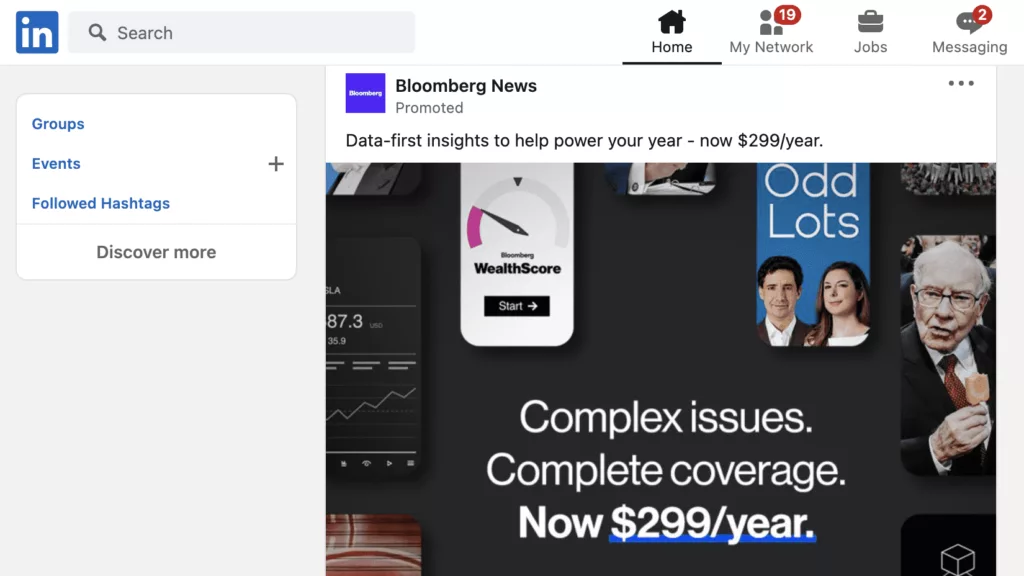
Twitter Ads
Twitter is one of the most popular platforms for pay-per-click advertising, alongside Google, Microsoft Bing, and Facebook. PPC or pay-per-click marketing is an online advertising model in which an advertiser pays a publisher every time an advertisement link is “clicked” on. Businesses use pay-per-click advertising to drive traffic, sales, or inquiries from their target audience. Twitter ads are one of the most popular platforms for pay-per-click advertising due to its wide audience reach and ability to target specific demographics.
Twitter ads are also cost-effective compared to other advertising channels, as they allow businesses to target specific audiences with specific ads at a reduced cost. The social media platform has more than 300 million users globally and extensive analytics that can help businesses optimize their pay-per-click campaigns.
What are the types of PPC ads?
PPC ads are ads that appear on search engine ads, such as Google ads. It is also known as pay-per-click advertising, pay-per-click marketing, or pay-per-click marketing.
In this ad model, an advertiser purchases keywords from a search engine (such as Google) and then places ads on those keywords for a specific period of time. The cost for the keyword ad depends on how many clicks the ad gets and the bid amount.
The advertiser is charged per click when an ad is clicked by a user. So if you get 1,000 clicks for $1 each, your cost per click will be $10.
As with search engine ads, ad copy can be optimized to appear higher in search results. The ads are shown at the top of search engine results pages (SERP), just like any other ad would be.
Search CPC Bidding
PPC ads are search engine ads that appear at the top of search engine results pages (SERPs) when a user enters a query. They are typically text-based ads that promote products or services to a specific audience. PPC ads are effective as they are targeted at users looking for specific services and products. They are cost-effective as they cost advertisers only when a click on their ad results in a customer making a purchase.
This makes PPC ads cost-effective compared to campaigns run on social media where companies pay continuously without any guarantee of conversion. There are several types of PPC ads available, allowing businesses to promote their services in a relevant and cost-effective manner.
Display
PPC ads allow businesses to drive traffic and make sales by appearing on search engine results pages (SERPs) or social media platforms. PPC ads are usually search-engine ads that cost money to place on search engine results pages. They can be used on search engines like Google Ads or social media platforms such as Facebook Ads and Instagram Ads.
PPC ads offer a high degree of targeting, allowing businesses to show ads to relevant people, such as potential customers who match a customer demographic. This allows businesses to reach the right audience with their advertising campaign. PPC campaigns are useful for creating brand awareness and increasing visibility, especially for smaller businesses that may not easily be found online.
Video
Video ads are a type of pay-per-click (PPC) ad that use video content to promote a product, service, or brand across multiple platforms, such as social media, streaming services, and websites. Video ads can be pre-roll, mid-roll, or post-roll and can be skippable or non-skippable. These ads typically cost more than display ads due to their higher cost-per-click or cost-per-view rate.
Video ads are usually purchased on a cost-per-view (CPV) or cost-per-click (CPC) basis. The advertiser pays each time the ad is viewed or clicked on. This can create an attractive return on investment for businesses looking to increase traffic to their website.
Remarketing (or retargeting)
Remarketing ads are a form of pay-per-click advertising that allows advertisers to re-engage with users who have previously visited their website. This type of advertising works by placing a code on the advertiser’s website which tracks visitors and builds a profile of their interests and behaviors.
The data from this profiling is then used to create targeted ads that are displayed to users on other websites, such as Google ads and Microsoft ads. Remarketing ads are effective because they target users who already have an interest in the advertiser’s product or service. This makes them well-suited for online marketing campaigns aimed at attracting new customers or engaging with current customers.
Remarketing ads are often used in marketing campaigns targeting users who have previously expressed an interest in a particular product or service. For example, if an advertiser had a page on their website advertising a specific product, remarketing ads could be used to display ads related to that product to people who have looked at the page but haven’t yet made a purchase. By targeting these potential customers with relevant ad copy and landing pages, the campaign can increase its chances of converting them into buyers.
Other ad types
PPC ads can appear on search engine results pages such as Google or Bing. They can also be found on social media platforms, such as Facebook and Instagram. Ads can appear on websites through display advertising. These ads often take the form of product grids, which display relevant information about a particular product or service.
It is important to monitor cost-per-click (CPC) metrics in conjunction with PPC campaigns to ensure success. According to Google, it takes anywhere from 30-50% of ad spend for a campaign to achieve success. It is vital to research ad copy, landing page quality, and ad performance when analyzing campaign results.
Frequently Asked Questions
What are the different types of PPC campaigns?
There are a few different types of PPC campaigns- search engine advertising, social media advertising, and display advertising.
Search engine advertising, such as Google Ads, is based on an auction-style model. In this model, advertisers bid on keywords and their ads will appear at the top of search engine results pages (SERPs) when those keywords are searched.
Social media advertising, such as Facebook and Instagram ads, uses a bidding model where businesses bid on ad space and ads are placed primarily on users’ timelines. Display advertising, such as ads that sit on websites or inside apps, is also bid-based and can be expensive to place.
How do I optimize my PPC campaigns for maximum results?
To optimize your PPC campaigns for maximum results, you’ll need to understand a few things about keyword research and campaign optimization.
Start by understanding what keywords your audience is using and bidding on. You can target valuable keywords that are more likely to generate conversions by bidding on them with a higher cost-per-click (CPC).
Once you’ve targeted keywords and set a budget for your campaign, it’s important to measure the success of your ads by tracking click-throughs and conversion rates. Make edits to your ads as needed to improve performance.
What are the key components of a successful PPC campaign?
A successful PPC campaign requires careful monitoring and management to ensure optimal results. In order to keep track of ad costs, campaign objectives, and performance, many digital marketers use a CPC model [101, 102, 103, 104]. CPC stands for cost-per-click and measures the amount an advertiser pays for each click on an ad campaign.
Furthermore, PPC campaigns offer real-time bidding (RTB) for advertisers. This allows them to place ads on different platforms like search engines and social networks. advertisers can target relevant users through keyword research in order to increase ad visibility and click-through rates (CTRs).
What are some common pitfalls to avoid when running a PPC campaign?
When running a PPC campaign, it’s essential to pay attention to some common pitfalls that can ruin your effort.
These include:
– Costly long-term option: You may have to pay for every click, which can add up quickly.
– Not building an asset: Your success is reliant on continued ad spend, making PPC not a replacement for organic SEO.
– No budget flexibility: You may not be able to adjust your budget to the performance of the campaign.
– Poor audience targeting: Without proper targeting of your audience, you may not get the desired results.
– Lack of tracking: Without tracking, you may not be able to measure the effectiveness of your PPC campaigns.
Conclusion
There are several types of pay-per-click ads and you can use the one that works best for your business. The ad types mentioned above are only a few of the many ads available in the market. You can try them out and see which one works best for your business and match your ad with keyword research to match your ad copy with search results.
Ultimately, it all boils down to a combination of factors, such as target keywords, bid amount, ad copy, landing page optimization, and campaign optimization. If you are still confused about pay-per-click advertising, this blog should help clear things up.

